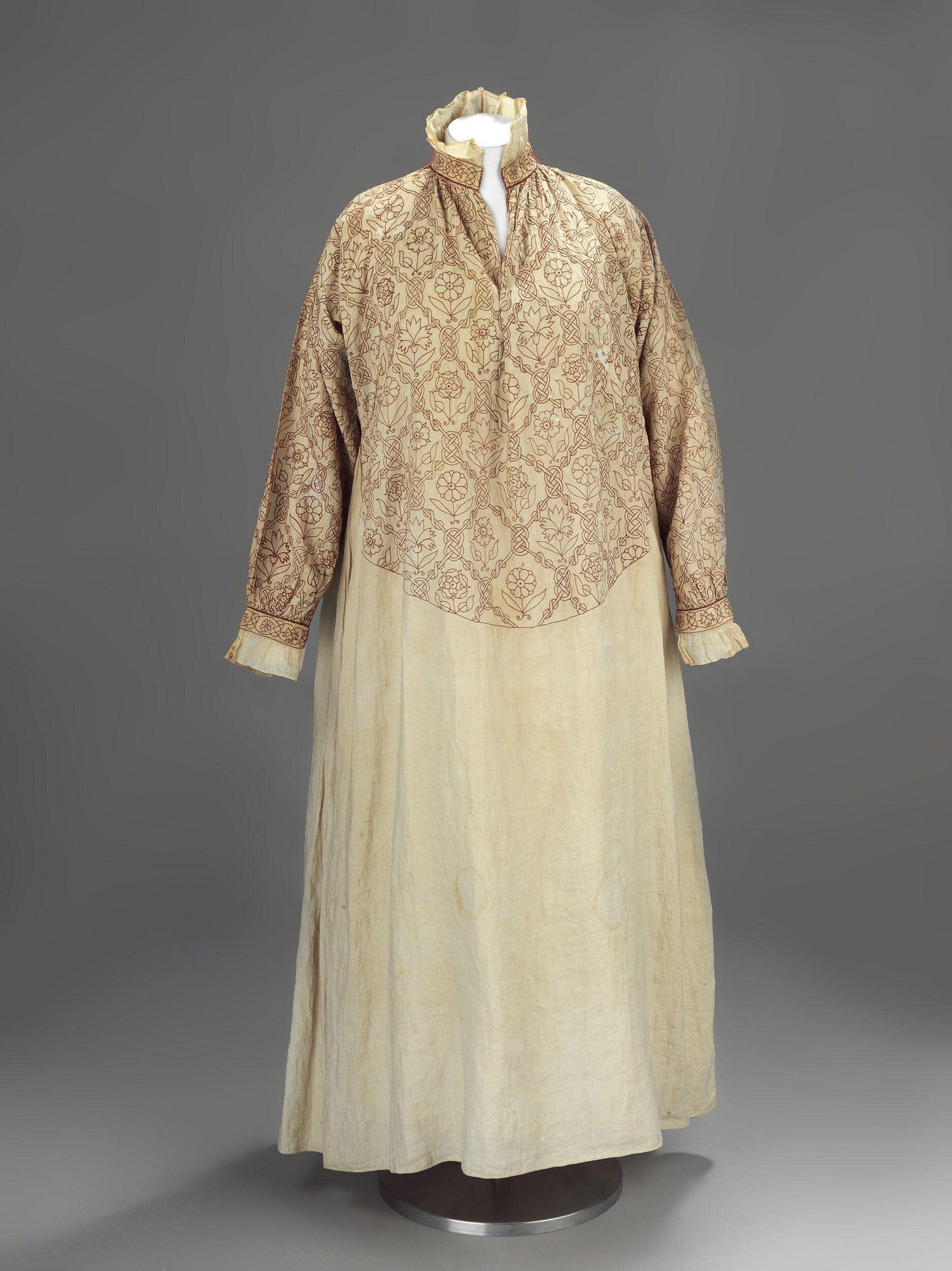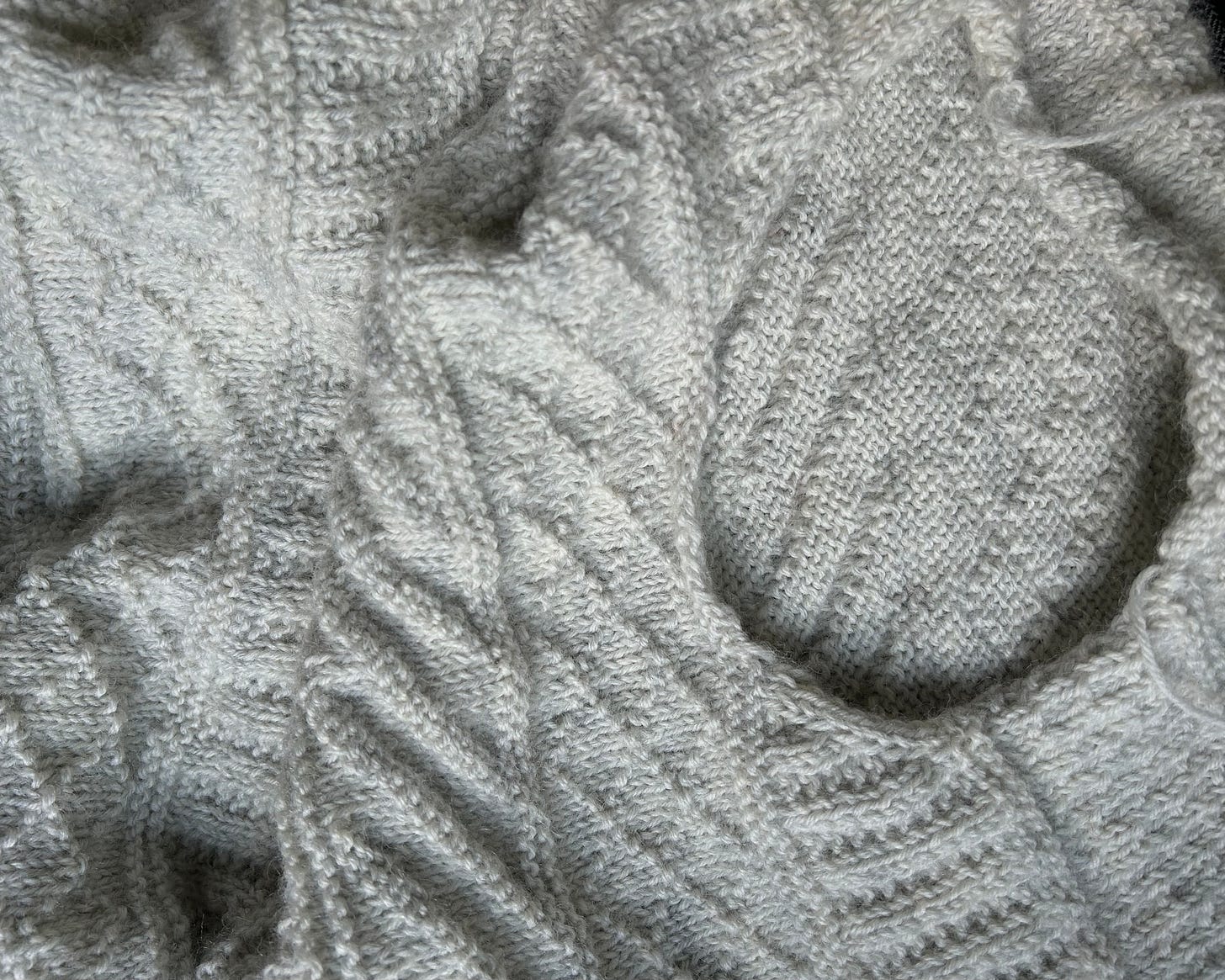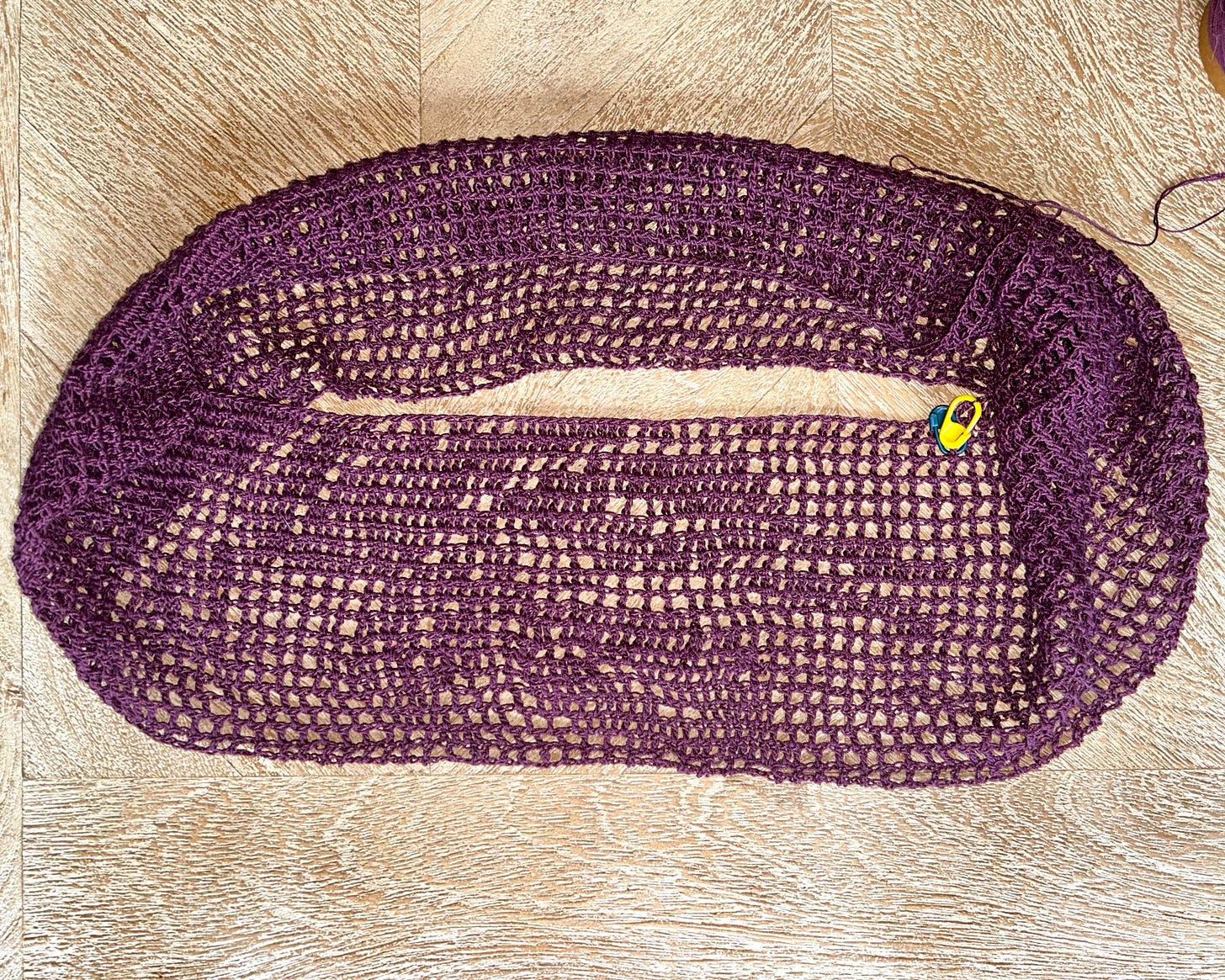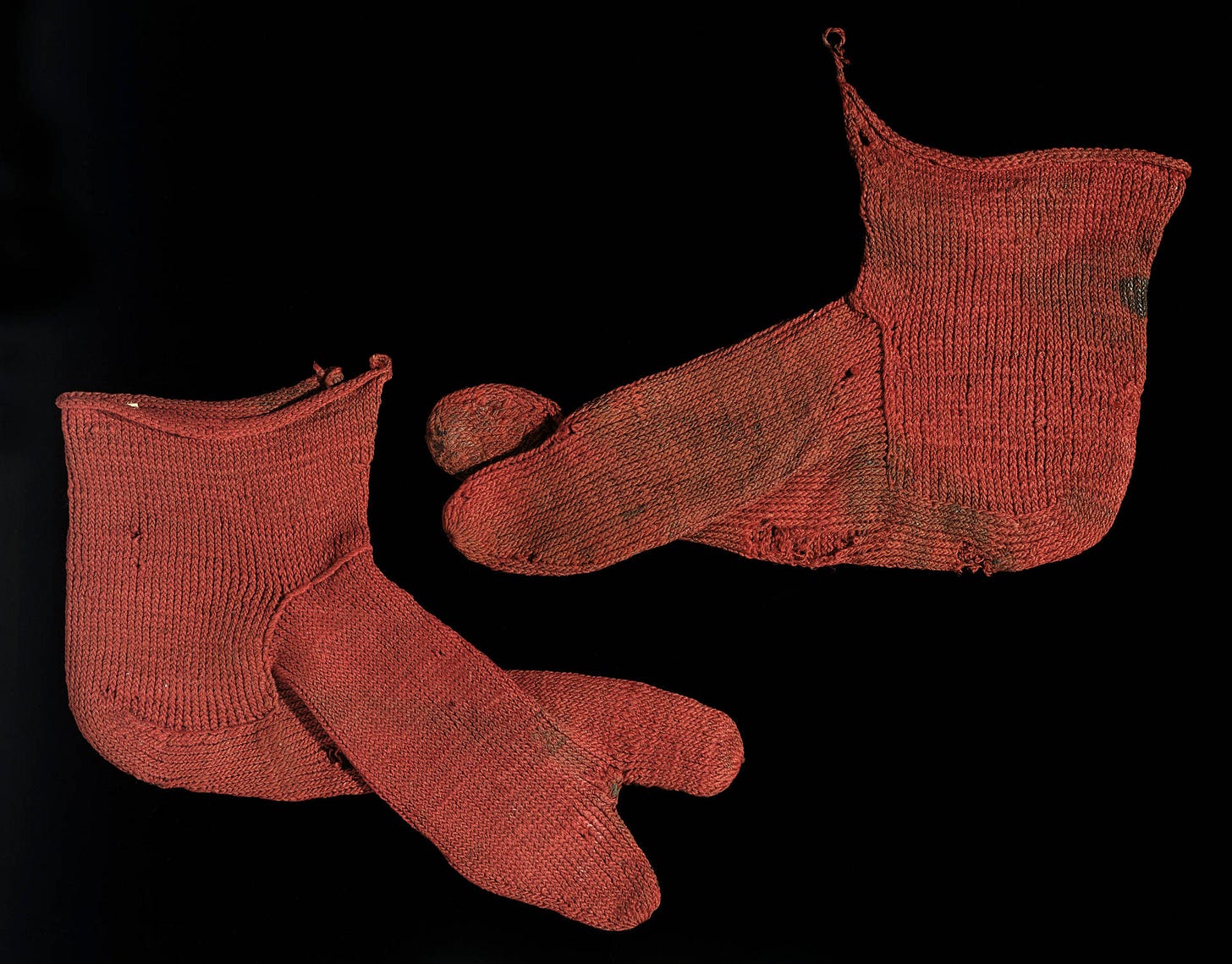In October I’ll be moving to Oxford to start my Fine Art degree at The Ruskin School of Art. I wanted to talk a little about the practices that I’ve been giving time to over the summer, ahead of starting my degree. While these aren’t ways of working that I anticipate directly using lots within my degree, I feel like their essence holds an important clue, and I don’t yet know how aspects of them may or may not play into my work.
To begin with, knitting, crocheting and sewing have been mindful activities for me, that I’ve kept up because of the way they make me feel whilst I’m working on them. I talked in Over and Over and Over about the similarities between making textiles and our own bodies. I find the repetitive motions very calming; they’re predictable and don’t require too much thought, so I can enjoy the tactility of the needles moving together. The cyclical processes of forming stitches aligning with the physiology of our bodies.
There’s also something freeing about giving some of the responsibility of the project to someone else – at this stage of my knitting/crocheting (something to have alongside other creative work) I’m enjoying following a pattern created by someone other than myself. It allows me to focus on the physical sensation of making, making through feeling, without intellectualising during the process.
The practice also necessitates patience; it doesn’t allow the immediate gratification of having ‘finished’ something, rather asks you to appreciate the smaller successes, the slipping of the needles against each other, the way your hand moves with sequential rhythm, twisting through loops and returning to the starting position. The steady but slow growth of a piece of fabric.
The stitches hold memories of different times when I’ve been working on each project. The knitting acts as a pin, a common thread running through various moments in time. Sitting on the train to London on a Monday morning, being with my parents in the evening, spending time in my room in London last year, before and after dinner time at the painting residency of my Foundation course. The knitting has been a constant through all that, states of being and feeling and time held together in one piece.
“Gathering and re-using takes time, measurable in hours during the day certainly but also a sense of time having passed before, a sense of history and most importantly a sense of future, a knowledge of survival.” Himid 1988
While these are some of the reasons that I’ve enjoyed needlework in each moment, I’ve realised the fibres also hold something bigger than that. A clue for something looking forwards.
“We have to discover a language which does not replace the bodily encounter… words which do not bar the corporeal, but which speak corporeal.” Irigaray 1991
Making textiles feels very much like a sensory language to me. So much of our interaction with fabric and fibres is physical, to do with the way it feels to hold or to drape, or to do with its warmth when it encompasses us. Making textiles triggers a certain headspace: It shrinks your attention in that moment to the pattern and arrangement of the fibres, while at the same time widening you to something that feels very ancient.
A desire to make our own fabrics feels like a very positive choice – a positive dedication of time towards something that will last, that can be used and hopefully appreciated. There’s a feeling of connection to humanity. When we look at a made piece, we understand that there was someone behind that, and they meant well by making it.

When we see an irregularity in a handmade piece of clothing from 100 years ago, our instinctive reaction is positive – there’s an indication of a person trying their best; especially if we’ve had experience trying to make clothing, it’s like we’re taken into that moment with the person that made it, and we feel warmth and kindness towards them. I think there’s an answer for us now in seeing things that way.
It makes me feel hopeful.
These are ideas and topics I’d like to return to over the coming months, without trying to second guess how these thoughts might feed into my wider work at the Ruskin.
I’m currently selling original pieces (life drawings/paintings/prints) from workshops on my Foundation Course and prior, to raise money to buy art materials for my Fine Art degree, on my website, www.rowanbriggssmith.co.uk Please take a look if you’re interested!







Although I’ve never reached expert level in any sphere of stitching; knitting, crochet and sewing have always been an essential background to my life. Your observations are very helpful in my understanding why the process is still as important to me as oil painting. In the early 1950’s, like most girls, I was introduced to the importance of stitching at school for sexist, utilitarian reasons. However, I still enjoy the tiny “kettle holder” that hangs by my cooker today. The carefully stitched words and folded one inch cross-stitched border of my small hessian scrap speak to me when recalling the process of ‘being allowed’ to create it all on my own. I often lift the button-holed loop off the hook to ‘hold it in my hands’, but has never held a kettle and now it never will. Nevertheless, it was made with good intention! I am so glad that stitching is re-entering the curriculum for all by other routes, that the process is being re-imagined and valued by young people like yourself.
Thank-you so much for your insightful writing and very best wishes for your new adventure.
I can really relate to this, I started crochet a year ago and included it in one of my weekly process art sessions over the summer (right after we did the stitch, paint ,cloth pathway from access art).